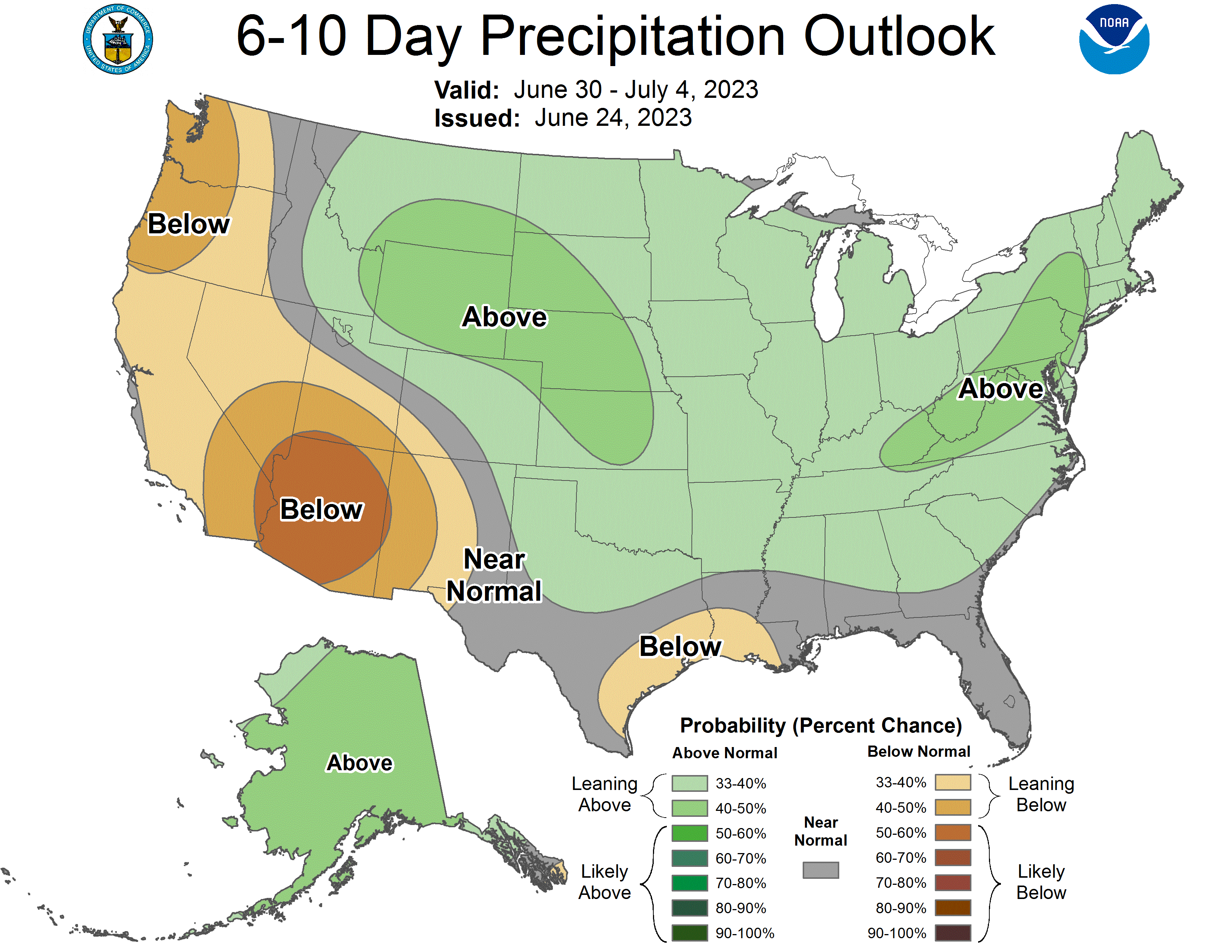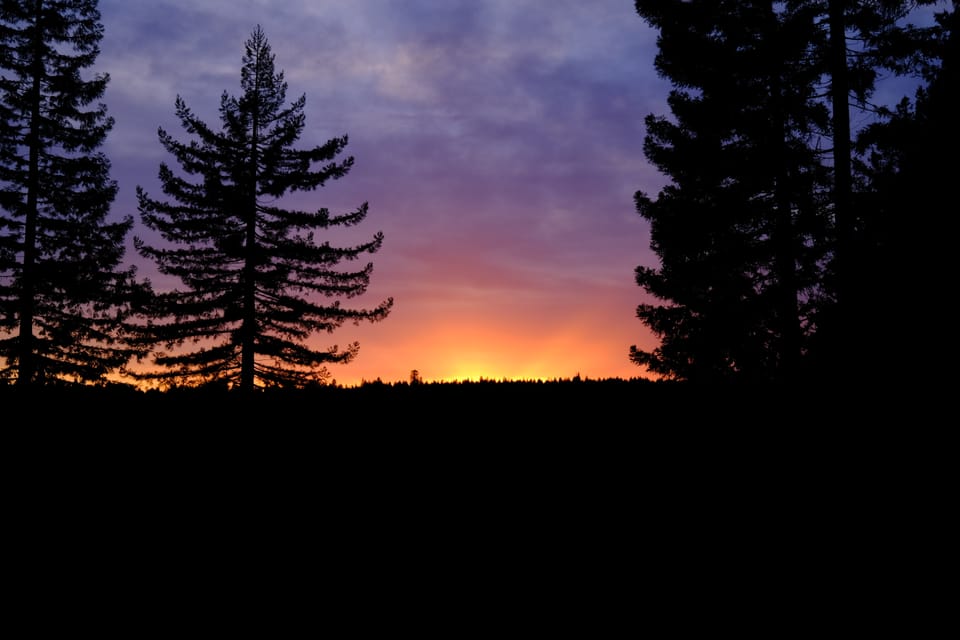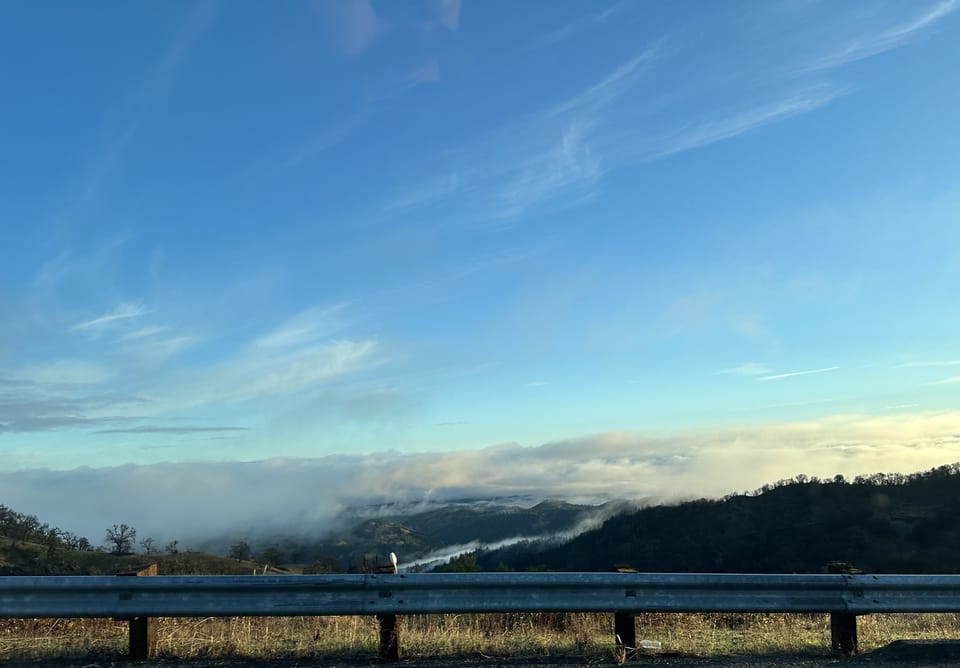We're back, let's do this
In which we show our stripes and get astronomical.

Your mission, if you choose to accept it
Is to download this WeatherSats AR app. OK not really, but it’s a fun idea. It looks like it’s mainly meant to be an educational tool but the app has some basic info on the different types of satellites and what they’re used for.

There’s some potential here
Someone shared this interactive fire potential web app. It’s super handy if you’re interested in fire potential in your area for the next ~7 days. I’ll add this to the resources page.
There’s a connection
This was a great article about attributing severe weather events to global warming. It gives some history and sort of summarizes where we are now. Spoiler: we’ve made some progress. It was hard to pick out just one quote but here you go:
A decade ago the Intergovernmental Panel on Climate Change said attribution science was not yet “fit for purpose.” In contrast, a 2021 IPCC report called attribution science “robust.” The growing ability to say decisively just how much climate change is to blame could have implications for everything from insurance claims and court cases to international negotiations over which nations should pay for climate adaptation. Otto also hopes the WWA's reports will show governments why it is vital to reduce emissions. And so last December, as high temperatures roasted Argentina, Bolivia and Paraguay, Otto and the rest of the WWA got to work.
It’s not a rainbow
I saw a picture of a circumzenithal arc, which I definitely hadn’t heard of before. Luckily, the internet helped me learn more.
A circumzenithal arc (previously known as the upper circumzenithal arc) is a near-zenith, colourful half-circle with a vertex at about 48° above the Sun. It has bright colours with red on the lower, outside of the arc and violet on the upper, inside. This arc occurs only when the elevation of the light source (for example, the Sun) is less than 32°.
Weather Feed is a reader-supported publication. To receive new posts and support my work, consider becoming a free or paid subscriber.
Hot temps, more hail
You’ve probably heard about this already, but it’s been super hot in Texas, in Mexico, etc. Temps were getting well above 110 degrees. And while there was kind of hail all over the place, I’ll just mention the ~4.5+ inch in Caledonia, MS.
The snow is still melting in CA
And so the rivers are still rising. Some areas are shutting down recreational access to rivers (and for good reason). We’ve been on the cooler side lately but it looks like things are going to warm up a bit in the coming week.
Activity in the Atlantic
This WaPo article is a little out of date since Cindy did indeed form, but it covers the recent activity.
While meteorologists initially predicted a below-average hurricane season this year, it’s become apparent that record-warm water temperatures over the open Atlantic, and unprecedented warmth in virtually all of the globe’s oceans, are making another above-average season increasingly likely. It was originally believed that sinking air and disruptive high-altitude winds, both symptoms of an El Niño pattern, would curb activity this season. Now it’s looking like the powder-keg oceans will more than compensate.
Show Your Stripes Day
Yes, it’s a thing and I know you’ve seen these before.

Those are California’s stripes but you can click on your state here to find yours.
A tale of two seasons
The summer solstice (in the northern hemisphere) was a few days ago which had me looking up the difference between astronomical and meteorological seasons again.
You may have noticed that meteorologists and climatologists define seasons differently from “regular” or astronomical spring, summer, fall, and winter. So, why do meteorological and astronomical seasons begin and end on different dates? In short, it’s because the astronomical seasons are based on the position of Earth in relation to the sun, whereas the meteorological seasons are based on the annual temperature cycle.
Please don’t go
I know the scope for this article seems pretty narrow, but it talks about a show called Alaska Weather that’s scheduled to be shut down.
In much of Alaska, where internet service is slow or missing, and brutal weather can frequently be life-threatening, a plan to disband a long-televised daily weather report is causing anguish and concerns about access to critical information.
It hit home though because:
- It’s a reminder how connected our lives are to the weather
- Being from and living in rural locations, I know it can be tough to get information during emergencies
It seems like the fate of the show is still uncertain, but I’m crossing my fingers that it stays around.
Monday 2pm, be there
For Daniel Swain’s next office hours. Here’s the agenda:
06/26/2023 topic: It's finally going to get hotter at least across the California interior this week, so I'll discuss the upcoming heatwave. (And: are cooler summers really all that unusual during El Nino events?) Plus, more updates on the spate of crazy global weather extremes that is unfolding amid a fast-intensifying El Nino event against the backdrop of climate change.
A quick look ahead
Here are your 6-10 day outlooks. I know some people around here that are looking forward to some warmer temps. We’ll see how warm we get though.


See you next time weather fam 💙
I’ll leave you with a few photos.






